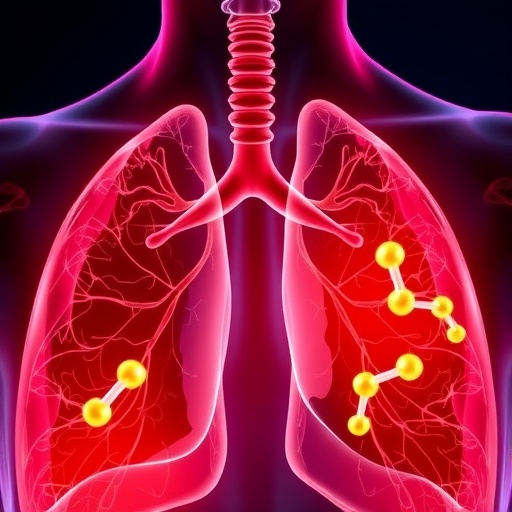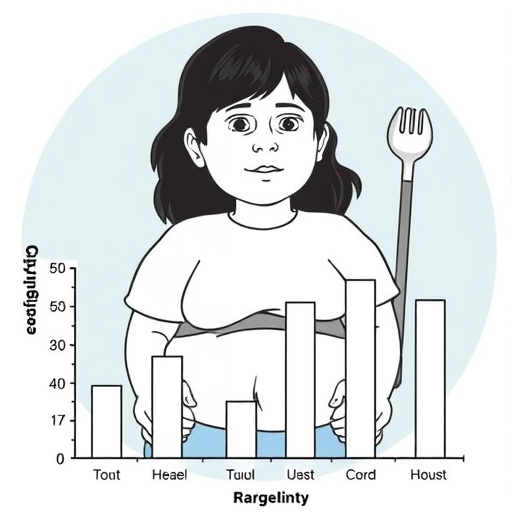During rare desert rainfalls, cacti waste no time sopping up and storing a storm's precious precipitation. Inspired by this natural phenomenon, scientists report in a study appearing ACS Macro Letters that they have developed a material that mimics cactus roots' ability to rapidly absorb and retain vast amounts of water with a minimal amount of evaporation. They say this unique material could lead to new and improved cosmetics, medical devices and other everyday products.
Like all living things, cacti need water to survive. Yet they thrive in some of the world's driest places. The key is the plant's shallow, but extensive root system that quickly soaks up rainfall, which seldom penetrates more than just a few inches into the soil. During droughts, the roots dehydrate and shrink, creating air gaps that prevent water from escaping back into the soil. Intrigued by these traits, Sang Joon Lee, Hyejeong Kim and Junho Kim wanted to create a durable material that could effectively absorb and store water, without changing other physical properties.
The research team sought to replicate the key features of the cactus root system. To imitate the cactus root and its outer covering, they made a material composed of cellulose fibers, agarose cyrogel and microparticles. Then, they made a cylindrical-shaped gel and freeze-dried it to form a structure that mimics the layered composition of cactus root epidermis. Laboratory tests suggest that the resulting cactus-root-inspired material (CRIM) is capable of absorbing water nearly 930 times faster than it loses through evaporation. The researchers say the mixture of cellulose fibers, microparticles and cryogel is adjustable for particular needs. For example, adding water-repellant microparticles to this system could produce CRIMs useful in oil separation and other oil-based engineering processes. They conclude that CRIMs could eventually have a host of applications in agriculture, cosmetics and medicine.
###
The authors acknowledge funding from the National Research Foundation of Korea.
The abstract that accompanies this study is available here.
The American Chemical Society, the world's largest scientific society, is a not-for-profit organization chartered by the U.S. Congress. ACS is a global leader in providing access to chemistry-related information and research through its multiple databases, peer-reviewed journals and scientific conferences. ACS does not conduct research, but publishes and publicizes peer-reviewed scientific studies. Its main offices are in Washington, D.C., and Columbus, Ohio.
To automatically receive news releases from the American Chemical Society, contact [email protected].
Follow us on Twitter | Facebook
Media Contact
Katie Cottingham
[email protected]
301-775-8455
@ACSpressroom
http://www.acs.org




